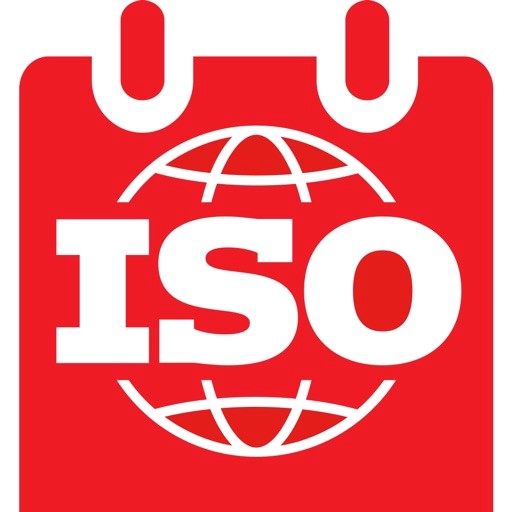
Introduction
Obtaining ISO standards such as ISO 9001, ISO 45001, ISO 13485, etc. are important strategic tools that can help your company deal with some of its pressing challenges.
While ISO certification requires investment, time, money, and effort, it allows organizations to benefit from improved processes and controls while providing credibility beyond customer expectations.

The cost of obtaining ISO
The costs of creating and registering a formal management system vary depending on the size and complexity of your organization and internal processes.
First – there are development costs, i.e. the time spent on documenting and implementing the system.
Second – the costs related to the training of employees to prepare the necessary documents and plan and conduct effective internal audits
Third – there is a registration fee, which includes the audit and registration of the management system. The cost depends on the number of locations, scope of work, number of shifts, etc.
You can reduce some of these costs by using an external consultant, especially since this reduces the risk of starting off on the wrong track or getting lost in how to implement the standard.
In general, it usually takes eight to 18 months from the start of registration, with an average of 12 months.
How do I get a certificate?
Before certification, you must first develop and document your production processes, ensuring that you can maintain your quality standards by implementing the correct procedures.
Here are five basic steps to becoming an ISO certified business.
1. Specify the standard you need according to your scope of work and industry:
The standards are divided into two categories: system and product. The product standards were obtained from the National Standards Agency of Iran, but the system standards are obtained according to the scope of work and the field of industry. It is worth noting that the ISO 9001 quality management system standard is required for all industries. Is
2. Implement the requirements of the selected system.
Implement the standard requirements according to the framework and structure of the organization and ensure that the following items are met:
Make sure the steps are as described in your documentation.
Make sure employees are properly trained for the work they do.
Establish effective reporting systems to cover audits, testing, corrective actions, preventive actions, management review meetings, monitoring objectives, statistical techniques, etc.
Monitor the effectiveness of your processes through the use of measurable data where possible.
Check and take action to improve in the required areas.
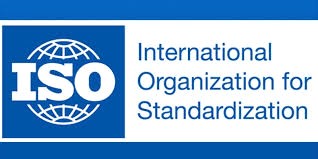
3. Check that the standard requirements are implemented correctly
The accuracy of implementation and implementation of standard requirements is done in internal audit according to ISO 19011 standard
Conduct audits and reviews of processes and systems to assess compliance and effectiveness. Observing, interviewing personnel and looking at sample records.
Identify and report the strengths and weaknesses of the management system.
Take corrective or preventive actions as needed
4. Preparation for external audit and selection of the certifying company
After the implementation of the internal audit, it is necessary to resolve the non-conformities and check the effectiveness of the internal audit of the organization.
Choose a suitable certification organization for external certification.
Preparation in order that the requirements of the system and the management system are implemented effectively.
5. Implementation of external audit
In the external audit, after auditing the organization, three situations occur at the end:
First mode: The standard requirements have not been implemented in the organization, which causes the organization to undergo another external audit after a period of time.
Second mode: In this case, some of the sub-clauses of the standard have not been correctly implemented, and the organization must send the required corrective action or proof of non-compliance, including the required documents and records, to the certifying company.
Third mode: In this case, all requirements are fully implemented and the organization is approved by external audit
Conclusion
By showing that your product or service meets the expectations of your customers, certification can be a useful tool for increasing credibility. For some industries, certification is a legal or contractual requirement
Have you obtained a standard in your organization? Which standard? For advice and answers to questions, please contact the Modirfa consultants group.
021-88761795


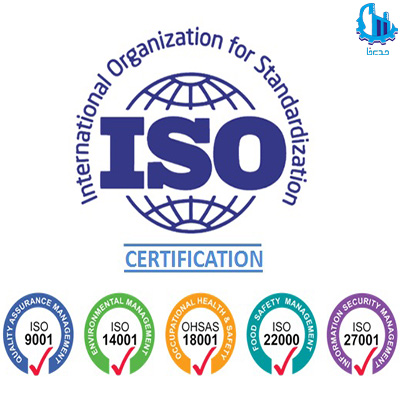
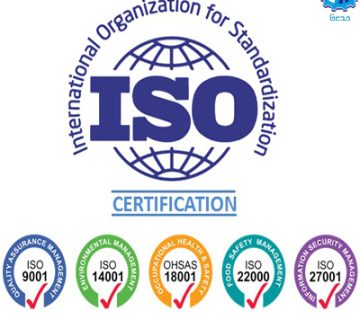
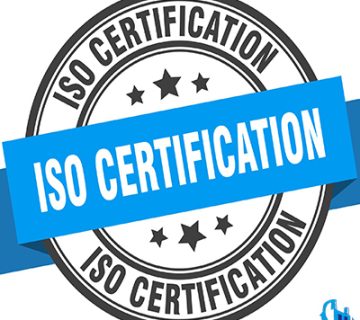
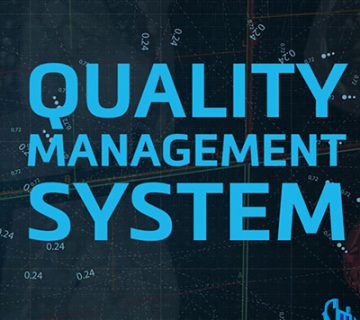
No views